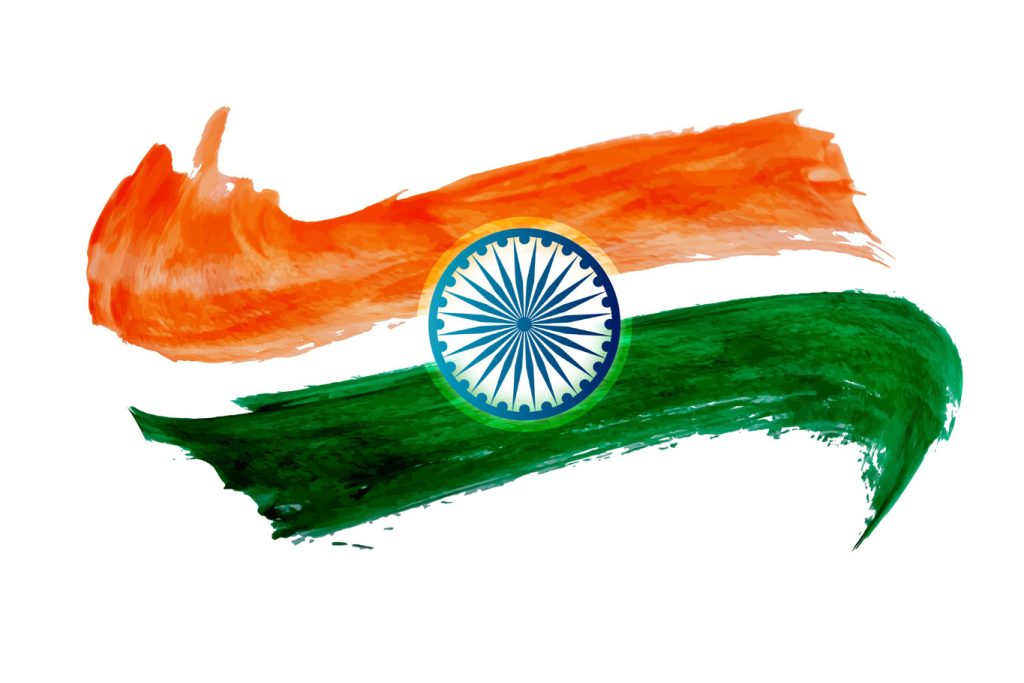
In 2020, the Asian Indian population in the United States claimed the title of the largest Asian-only group, marking an astounding growth of over 50 percent since 2010, reaching a total of 4,397,737 individuals. Despite this, Chinese Americans remained the top group in the broader Asian demographic category. When considering individuals who identify as either a single race or multiracial, Chinese Americans (excluding Taiwanese) continued to hold the leading position as the most populous Asian identification, comprising a total of 5.2 million people.
Following closely behind were the next four largest Asian groups, either alone or in any combination, and their population growth from 2010 to 2020. These included Filipino individuals, totaling 4,436,992 (a growth of 29.9 percent), Vietnamese individuals at 2,293,392 (with a growth rate of 32.0 percent), Korean individuals numbering 1,989,519 (experiencing a growth of 16.6 percent), and Japanese individuals, amounting to 1,586,652 (showing a growth of 20.6 percent).
While the majority of Asian groups witnessed population growth, the Japanese alone population and the Laotian alone population were exceptions, both experiencing a decline in their numbers during the past decade. However, it’s noteworthy that their combined populations, including those who identified as either alone or in any combination, increased by 20.6 percent and 9.5 percent, respectively.
Notably, the Nepalese population emerged as the fastest-growing Asian group, experiencing a remarkable surge of over 250 percent. This growth was observed in both the Asian alone and Asian alone or in any combination categories among populations exceeding 50,000 in 2010. Specifically, the Nepalese alone population increased by an astonishing 295.5 percent, rising from 51,907 in 2010 to 205,297 in 2020. The Nepalese population, whether counted alone or in any combination, expanded from 59,490 to 219,503, marking a staggering 269.0 percent increase over the decade.
Karthick Ramakrishnan, founder of the nonprofit group AAPI Data, emphasized the significance of these demographic shifts, stating, “It is momentous. Americans’ perception of who is Asian is still very much informed by demographic patterns from a century ago. They think of East Asians as quintessentially Asian and are less likely to think of South Asians as Asian … Well, the demographic realities have shifted away from the stereotype.”














5 Comments
Нейросетевые поисковые системы для анализа данных становятся всё более популярными.
Они позволяют находить публичные данные из интернета.
Такие боты подходят для исследований.
Они умеют быстро систематизировать большие объёмы контента.
eye gods bot
Это позволяет получить более полную картину событий.
Многие системы также предлагают инструменты фильтрации.
Такие платформы широко используются среди специалистов.
Эволюция технологий превращает поиск информации более точным и быстрым.
Сегодняшние средства массовой информации играют ключевую роль в жизни общества.
Медиа позволяют людям оперативно узнавать актуальные данные.
Благодаря СМИ общество остается в курсе событий.
Информационные каналы влияют оценку происходящего.
Необходимо учитывать, что объективность материалов напрямую влияет на мышление аудитории.
Современные граждане предпочитают те источники, которые предлагают сбалансированные материалы.
СМИ также помогают создавать информационное пространство между различными группами населения.
Следовательно, СМИ остаются неотъемлемой частью современного общества.
http://thirsty-party.de/gb/guestbook.php
Zodpovědné hraní v i-gamingu je zásadní pro kontrolu nad hrou.
Podporuje udržovat rovnováhu mezi hraním a životem.
Uživatelé by měli respektovat, že hrou lze ztratit kontrolu.
Zodpovědný přístup chrání před problémy.
Hellcase v Česku
Platformy i-gamingu poskytují nástroje pro denní rozpočet.
Pravidelné připomínky zvyšuje šance mít kontrolu nad hraním.
Zodpovědné hraní podporuje pozitivní zkušenost a zvyšuje spokojenost hráčů.
V důsledku toho stojí za to dodržovat limity v i-gamingu.
In clinical practice, one often observes the unidirectional flow of medical instruction. A treatment plan is formulated and executed — this dynamic has been a cornerstone of modern medicine. This model, while efficient, overlooks critical variables.
The clinical picture, however, is frequently complicated by comorbidities. One begins to note a prevalence of treatment-resistant cases. These can range from persistent subclinical fatigue to cognitive disturbances. An analysis of individual metabolic and genetic factors often reveals a landscape of interactions that was not initially apparent.
This is the cornerstone of personalized medicine. The same molecular entity can be curative for one patient and merely palliative or even detrimental for another. Long-term health outcomes are shaped by these subtle, cumulative decisions.
Therefore, fostering a collaborative doctor-patient relationship is paramount. The informed patient is empowered to work synergistically with their healthcare provider. For those seeking to deepen their understanding of this complex interplay, we advise delving into the subject further. A prudent starting point for any individual would be to research and better understand vidalista 20.
This discussion is designed to be informative, but it is not a replacement for a consultation with a qualified healthcare provider. Always seek the advice of your physician or another qualified health professional with any questions you may have regarding a medical condition.
Envision the intricate web of well-being, where experts frequently spot an overdependence on quick fixes for deeper bodily harmony.
It unfolds like a well-rehearsed story: detect an imbalance in your system, adhere to standard recommendations, and cross your fingers for restoration.
It wraps us in a comforting routine, yet prompts us to wonder about the hidden trade-offs involved.
Still, life itself thrives on boundless diversity in how our bodies respond and adapt.
It’s comparable to an orchestra where every musician interprets the score through their unique lens.
These subtle differences manifest across a wide array, from calm restorative phases to bursts of renewed vigor or surprising detours along the way.
Immersing yourself in the practice of tuning into your body’s whispers and signals.
emphasizes how seldom a single approach truly serves everyone equally well.
It lays the groundwork for approaches that empower and resonate on a soulful level.
Genuine thriving is measured by how seamlessly it connects with the unique spirit it serves.
It forms a vibrant, ever-unfolding fabric rich with purpose.
Step boldly into your position as the creator of your own balanced existence.
A well-rounded perspective calls for active involvement from all dimensions of your being.
In mastering the woven threads of life’s challenges, let insight serve as your steadfast guide.
Craving a richer grasp on well-being? Hit the path leading to dosage of nizagara